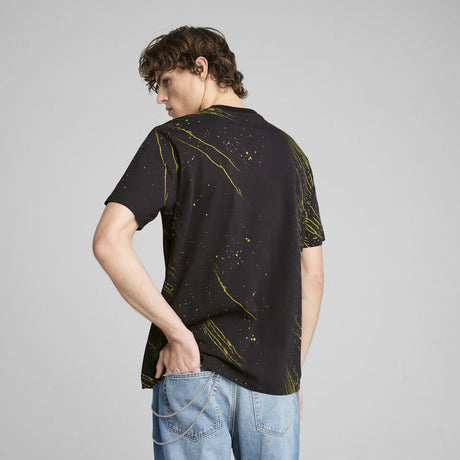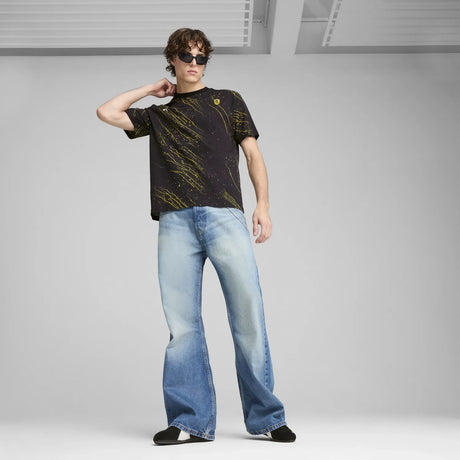As Formula 1’s relentless pursuit of excellence continues, even the most technical aspects—like tyre compounds—remain under constant scrutiny. This season, all eyes have been on Pirelli’s softest compound, the C6, after it faced pointed criticism from reigning world champion Max Verstappen during the Miami Grand Prix weekend. Verstappen’s in-depth technical feedback, which reverberated throughout the paddock, has pushed Pirelli to embark on significant developments to address the identified shortcomings.
The heart of Verstappen’s feedback centered on the C6’s lack of versatility. Drivers noticed pronounced thermal degradation and limited performance over extended stints, which made tire management an even trickier aspect of race strategy. The sub-optimal grip profile and narrow operating window complicated not just qualifying pace, but also racecraft. This prompted Pirelli to reassess both the chemical and structural makeup of their softest tyre option—a move rarely acknowledged so early in the season.
Behind the scenes, Pirelli’s F1 chief Mario Isola acknowledged the need for rapid action. While developing new compounds during an ongoing season presents formidable logistical and technical challenges, the Milan-based supplier is finalizing an updated version of the C6. This new variant is intended to deliver a broader operating window, improved longevity, and more consistent grip levels, aiming to harmonize with the ever-increasing car performance witnessed in Formula 1 this year.

While the C6 compound is only nominated for a select few events—most notably Las Vegas, which presents unique challenges of low temperatures and grip—its importance lies in how it could affect race outcomes and team strategies. As seen in previous events, the wrong tyre can drastically alter the competitive order, especially on street circuits where confidence in tyre grip directly translates to lap-time gains. The C6’s initial vulnerabilities heightened the unpredictability, which is exciting for fans but represents a headache for teams chasing consistency.
The planned improvements should bring the compound more in line with the expectations of both drivers and engineers. According to paddock sources, Pirelli’s upgraded C6 tyre will undergo rigorous private testing, potentially in collaboration with F1 teams (with McLaren expected to play a role), before its revised deployment in future Grands Prix. While the timeline isn’t set in stone, initial hopes are for the changes to be in place well ahead of the autumn flyaway races, giving teams sufficient time for adaptation and data-gathering.
The pursuit of optimal tyre performance in Formula 1 is a perpetual arms race—teams consistently push the boundaries of what’s possible with chassis, suspension, and aerodynamics, while Pirelli must anticipate and respond to the demands of new car generations. This dynamic makes tyre development as central to F1’s DNA as engine or chassis technology. Modern F1 tyres must cater not only to performance but also sustainability, with Pirelli balancing a reduced reliance on carbon black and petroleum-derived materials. This adds another layer of complexity to the redesign process, especially when feedback from top drivers like Verstappen carries significant weight at the technical level.
Hungarian fans have always appreciated the strategic nuances of tyre management, especially with the Hungarian Grand Prix’s notoriously abrasive surface and challenging summer heat. The saga surrounding the C6 demonstrates that even in the world’s most technologically advanced racing series, human feedback and rapid response are key to keeping the sporting spectacle alive. As the season unfolds, anticipation builds over how Pirelli’s newest tyre developments will shape the championship narrative, and whether Verstappen’s critiques might just give us even closer, more unpredictable racing.


















































































































































































































































































































































































































































































































